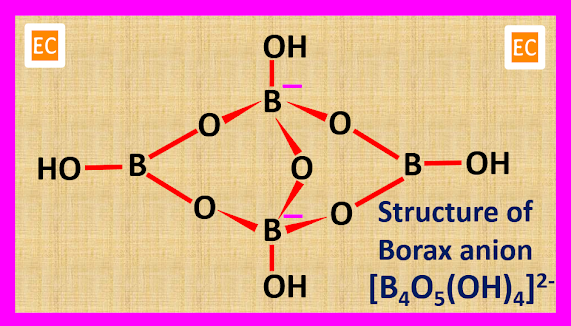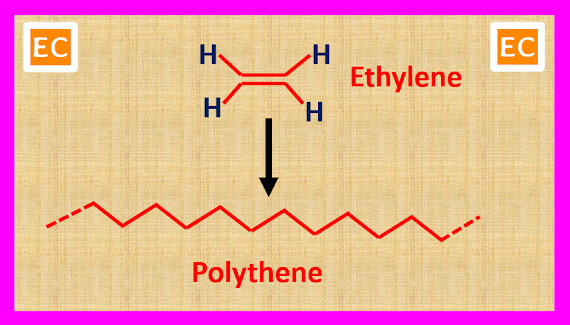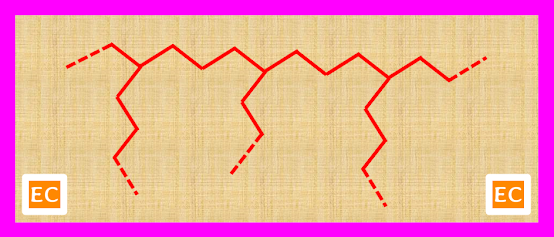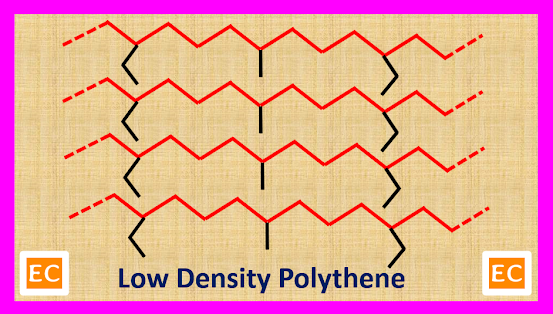FLUORINE
Symbol --- F
Abundance --- 0.065% in the earth’s crust
Allotropes --- alpha, beta
Physical state (STP) --- gas
Colour --- solid [alpha(opaque), beta(transparent)], liquid [bright yellow], gas [pale yellow]
Discovery --- A M Ampere
Atomic no --- 9
Atomic weight --- 18.998
Period --- 2
Group --- 17 or VIIA
Block --- p block
Known isotopes --- 9F14, 9F15, 9F16, 9F17, 9F18, 9F19, 9F20, 9F21, 9F22, 9F23, 9F24, 9F25, 9F26, 9F27, 9F28, 9F29, 9F30
Main isotope --- 9F19
Isotopic abundance --- 9F19 (100%)
Melting Point --- - 219 0C (54 K) (F2)
Boiling Point --- - 188 0C (85 K) (F2)
Triple Point --- 54 K, 90 kPa
Critical Temperature --- 144 K
Critical Pressure --- 5.17 MPa
Heat of Fusion --- 0.26 KJ/mol
Heat of Vaporisation --- 6.51 KJ/mol
Molar heat capacity (21 0C) --- CP [31 J/(mol-K)], CV [23 J/(mol-K)]
Density --- 1.69 g/L (at STP)
Molar volume --- 0.0112
Electron configuration --- [He] 2s2 2p5
Electrons per shell --- 2 (1 st shell), 7 (2 nd shell)
Oxidation state --- -1
Valance --- 1
Electronegativity --- 4.0 (Pauling scale)
Electron affinity --- - 333 KJ/mol
Ionisation energy --- 1680 KJ/mol (1 st), 3375 KJ/mol (2 nd), 6148 KJ/mol (3 rd), 8406 KJ/mol (4 th)
Dissociation enthalpy --- 159 KJ/mol [F2(gas)]
Covalent radius --- 64 pm
Van der Waals radius --- 135 pm
Atomic radius --- 42 pm
Ionic radius (6 – coord) --- 133 pm
F―F distance --- 143 pm
Natural occurrence --- primordial
Crystal structure --- cubic
Specific heat --- 824 J/(Kg K) (gas)
Thermal conductivity --- 0.025 W/(m K)
E0 (V) --- 2.9 [1/2 F2 + e <==> F-(aq)]
Magnetic type --- diamagnetic
Lattice angles --- π/2, π/2, π/2
Lattice constants --- 550 pm, 327 pm, 729 pm
Quantum numbers --- 2P3/2
Neutron cross section --- 9.5 x 10-3
Neutron mass absorption --- 2 x 10-5
Refractive index --- 1.0001
















